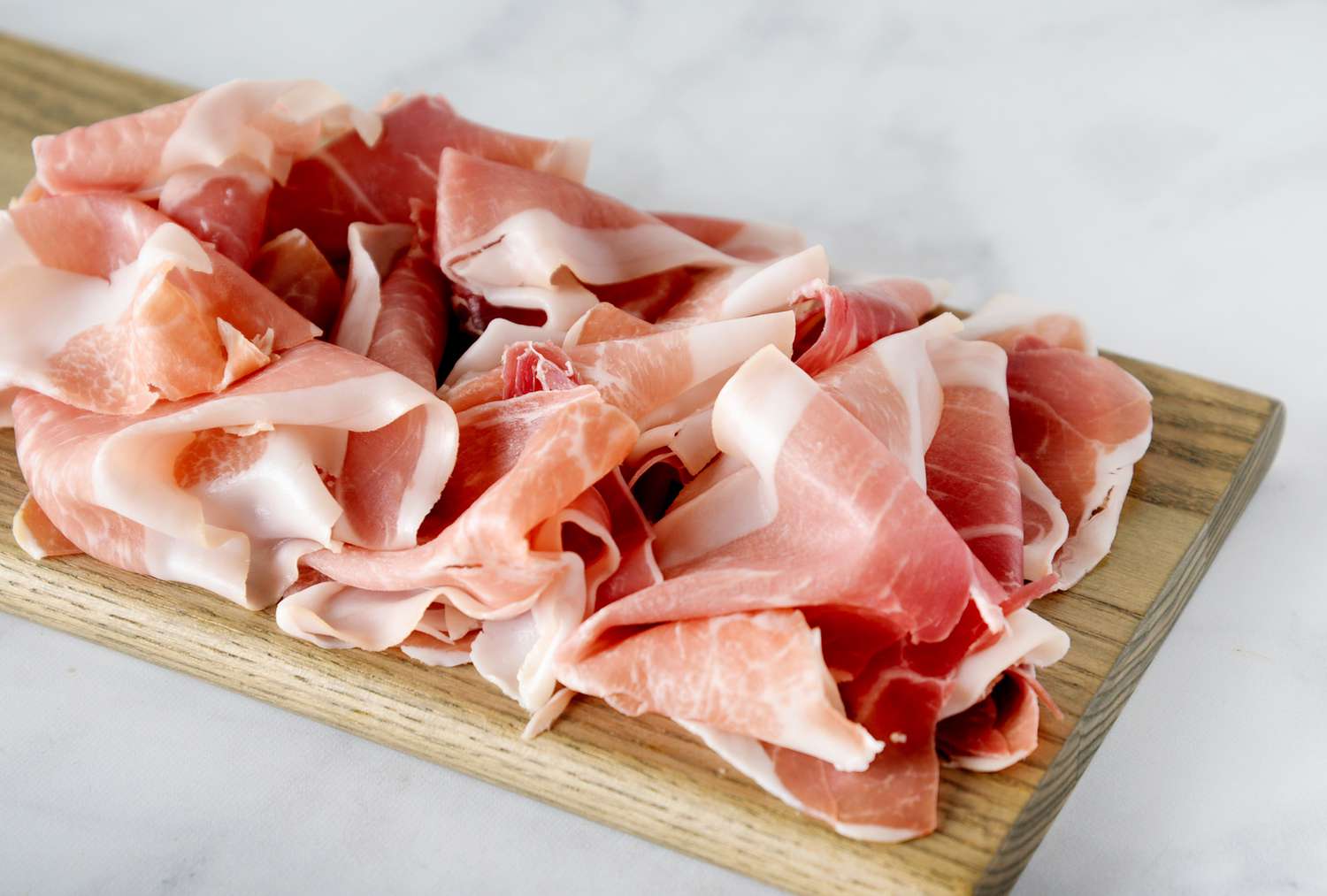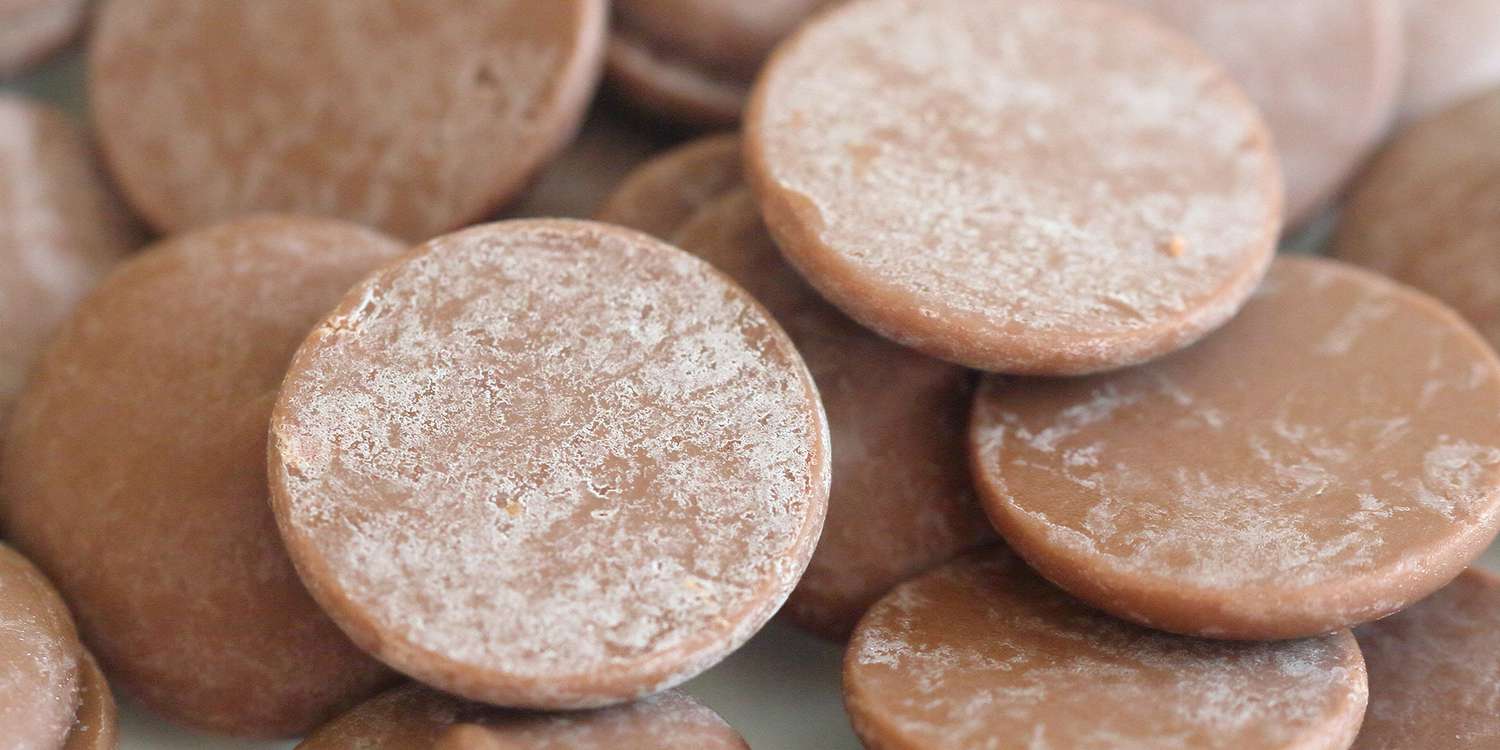Whether it’s wrapped around slender stalks of asparagus, draped over juicy slices of melon, delicately placed on flatbreads, or lovingly piled on charcuterie boards, the near impossibly thin ham known as prosciutto is everywhere. With its pink hues, heavenly texture, and culinary versatility (no cooking required!), there’s no wonder why this Italian specialty is popular around the world.
What is Prosciutto?
Prosciutto translated from Italian is “ham.” Specifically, it’s a thinly sliced, dry cured ham, the technique for which is a time-honored, regionally specific Italian custom.This prized ham’s origins date to pre-Roman times, when winters were long, and the villagers took to dry-aging their pork legs to extend their meat supply. Since then, the tradition has been perfected century after century, resulting in the celebrated and delicious art it is today.
First, high-quality pork legs are covered in salt and rested in a cool, dry place for weeks to concentrate the flavor. Next, the legs are hung in a cool, humid room for 2-3 months. Finally, they are washed, seasoned by hand (according to family recipe), and dry-aged for 14-36 months at a controlled temperature. Production varies by region and producer.
What Does Prosciutto Taste Like?
The delicately sweet signature flavor of prosciutto is a direct result of the combination of salt, air, and time. Depending on the region it’s produced, it can have an almost fruity flavor profile, or it may be earthier and slightly gamey. As with other aged products, the longer the time, the more complex it will taste, though prosciutto will always have a beautiful subtlety to it.

Each piece is streaked with luxurious fat and can range in color from salmon pink to brownish-red to orangey, when aged at length. Over time, prosciutto becomes firmer, dryer, and darker. These fine slices are perfectly savory with an enjoyable buttery slickness. Just placing a piece on your tongue will melt the fat and morph it into a creamy texture coating your palate in salty, yet subtly sweet yumminess.
Types of Prosciuttos
The Italian certification DOP (Denominazioned’ Origine Protetta), roughly translated to “protected designation of origin” was created to protect names of regions and their agricultural products and can be a useful tool in spotting differences.
Prosciutto crudo
Prosciutto crudo is the general term for raw cured ham. Chances are, unless specified as cotto (which is cooked), prosciutto on a menu or in a description is referring to crudo.
Prosciutto di Parma
DOP signifies that the ham’s entire salting to aging process took place in the Parma province (the air and climate both having a unique effect on the meat’s flavor), and that the meat is from a carefully selected heritage breed pig. If Parma sounds familiar, it’s because it’s the same region that Parmesan comes from.
Prosciutto di San Daniele
This DOP is made entirely in the Friuli Venezia region, the higher altitudes and different climate meaning a darker and sweeter flavor. With Prosciutto di San Danielle, the ham undergoes a pressing after salting, flattening the ham and encouraging salt penetration, resulting in a recognizable guitar shape.
Is it OK to Eat Prosciutto “Raw”?
Yes! Prosciutto is sliced and served raw with the intent that it is consumed that way. The salt used in the preparation draws out blood and moisture, preventing bacteria from entering the meat – making it safe to eat as is. In fact, cooking it is generally frowned upon. Most people (especially Italians) feel that a such an artisan product should be enjoyed exactly how it is — perhaps complimented simply by items like melon, fresh figs, toasted bread, or Parmigiano-Reggiano.
Best Ways to Use Prosciutto
Prosciutto needs no alteration to be completely delicious, but it’s also perfect as part of a lovely charcuterie spread, paired with fruit, cheese, vegetables, bread, and preserves. Prosciutto with a shorter age time can be stirred into pasta or placed on pizza. Longer-aged varieties should be enjoyed on their own to appreciate the deeper, more complex flavor.
Though cooking it isn’t the best way to go, chopping up the ends that can’t be sliced and cooking them into soups or stews to enhance the flavor is a great idea. And, as a bonus, these ends are usually available on the cheap from any place that slices its own prosciutto.
Once sliced, the ham begins to oxidize and lose its flavor. Try to enjoy it immediately after purchasing or opening. Whole legs, on the other hand, last up to 6 months in cool, dry places.
More Inspiration
- What’s Italian Beef? Chicago’s Favorite Sandwich, Explained
- What Is Pancetta?
- Tasty Recipes for Using Up Leftover Ham
- What Is Mortadella?




